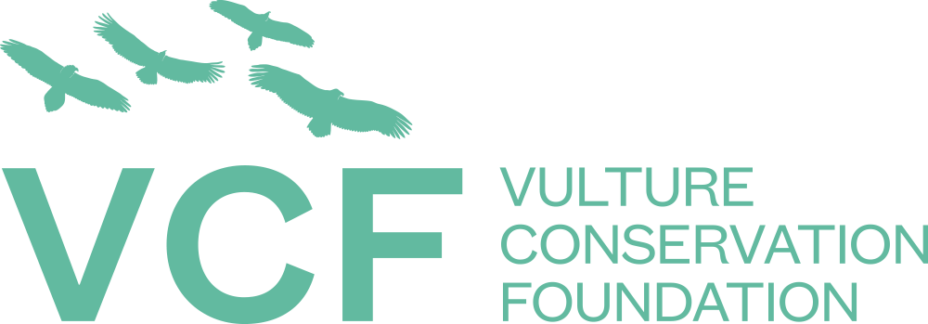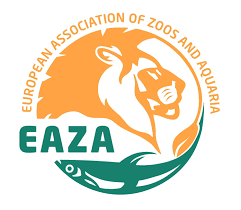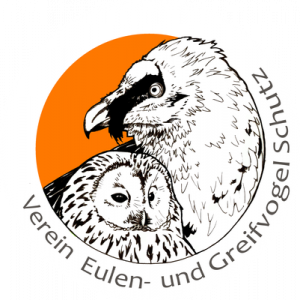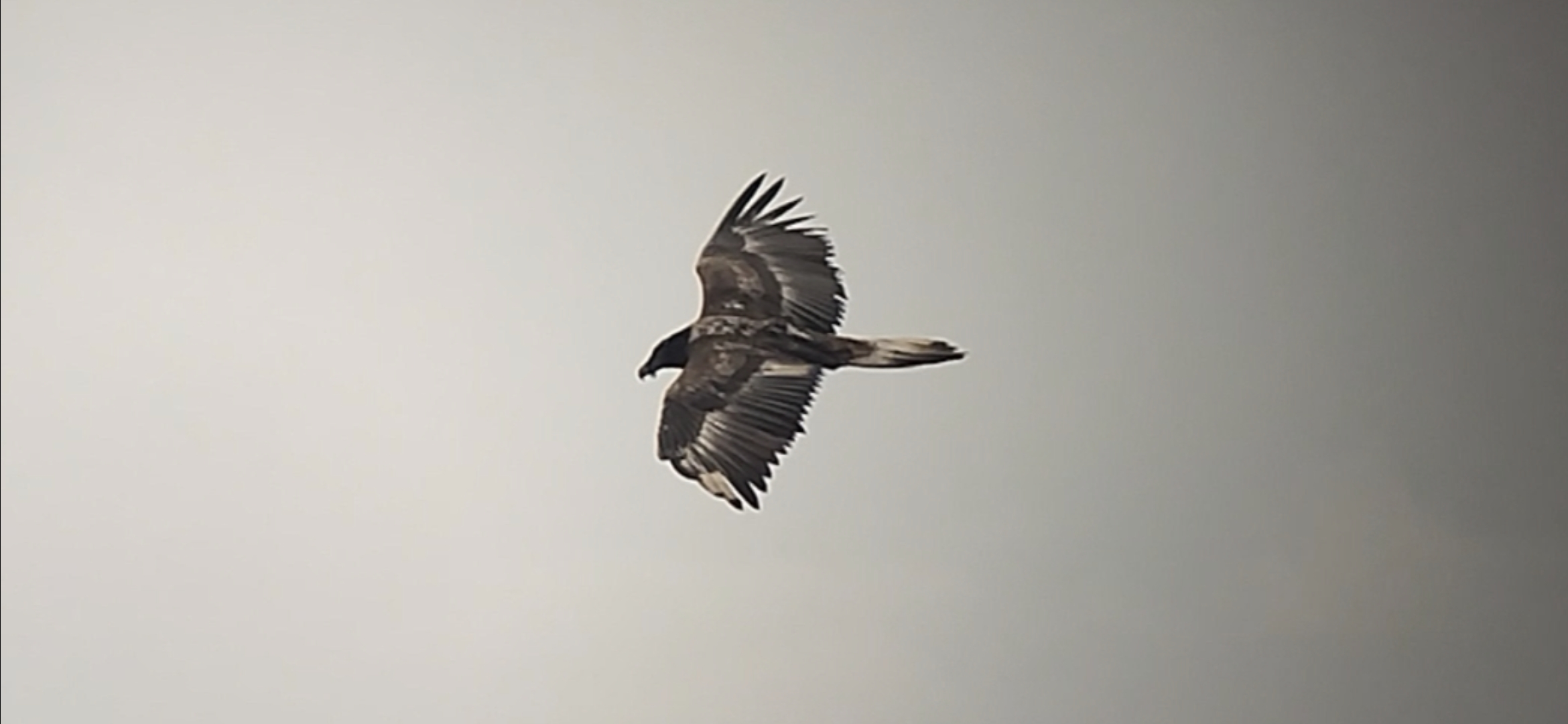
Since last autumn, when the first Bearded Vulture pairs began exhibiting breeding behaviour for the new season, human keepers across Europe have been working nonstop to ensure the best breeding results for the species. We are pleased to announce that we achieved favourable results, attaining several Bearded Vulture chicks in captivity!
Last Bearded Vulture chick of 2022 hatches in captivity


On 11 April, the last chick of 2022, BG1157, hatched at Richard Faust Bearded Vulture Specialised Captive Breeding Centre in Austria (RFZ), bringing the hatching period to a close. When the chick was hatching, it was extremely oedematous, so the centre’s staff had to step in and assist with the hatching process. Due to the health problems the chick faced at the beginning, the staff treated it with antibiotics and Hans Frey monitored its development very closely during the first days. Luckily, after a few days of care, the chick’s condition improved. On 19 April, it was time for the chick to meet its foster parent. The female BG006, a 44-year old Bearded Vulture (hatched in 1978), smoothly adopted the chick. Even though she is blind in one eye, she is an excellent foster mother and is doing an excellent job taking care of the chick. It’s crucial for a Bearded Vulture to rear the chick to ensure it grows up to behave like its wild conspecifics, enabling it to live in the wild and breed when it reaches sexual maturity.
Overview of the 2021/2022 Bearded Vulture captive breeding season
The 2021/2022 Bearded Vulture captive breeding season saw great successes. For the first time, several new pairs have produced a clutch and a chick, while others managed to successfully rear their own offspring. In total, 46 breeding pairs laid 72 eggs, from which 45 were fertile. Of those, 34 chicks hatched and 27 survived (13 in zoos and rescue centres and 14 in specialised breeding centres).
Breeding Bearded Vultures for conservation purposes
Back in 1978, the Vulture Conservation Foundation (VCF) and partners united to bring the Bearded Vulture back to the Alps. To achieve this goal, pioneers established a captive-breeding programme to produce chicks and release them into the wild, with the first release taking place in 1986 at the Austrian Hohe Tauern National Park. It took time and perseverance since Bearded Vultures only reproduce when they reach around 7-10 years old, with one chick surviving per year. Still, thanks to these efforts, the species returned to the Alps, making it one of the best wildlife comeback stories of all time! Ever since this success, more projects were launched across France and Spain. Today, the Bearded Vulture Captive Breeding Network, coordinated by the VCF on behalf of EAZA‘s EEP, closely works with over 40 partners, including zoos, to ensure the best breeding results from the potential breeding pairs in captivity. Every year, the VCF and partners release young captive-bred Bearded Vultures into the wild across Europe to reintroduce the species to areas where it went extinct or to boost local, vulnerable populations. Up until the end of 2021, a total of 344 captive-bred Bearded Vultures were freed into the wild.
To follow the news of the breeding season, follow #BeardedVultureBreedingSeason on Facebook, Twitter, Instagram and LinkedIn.







